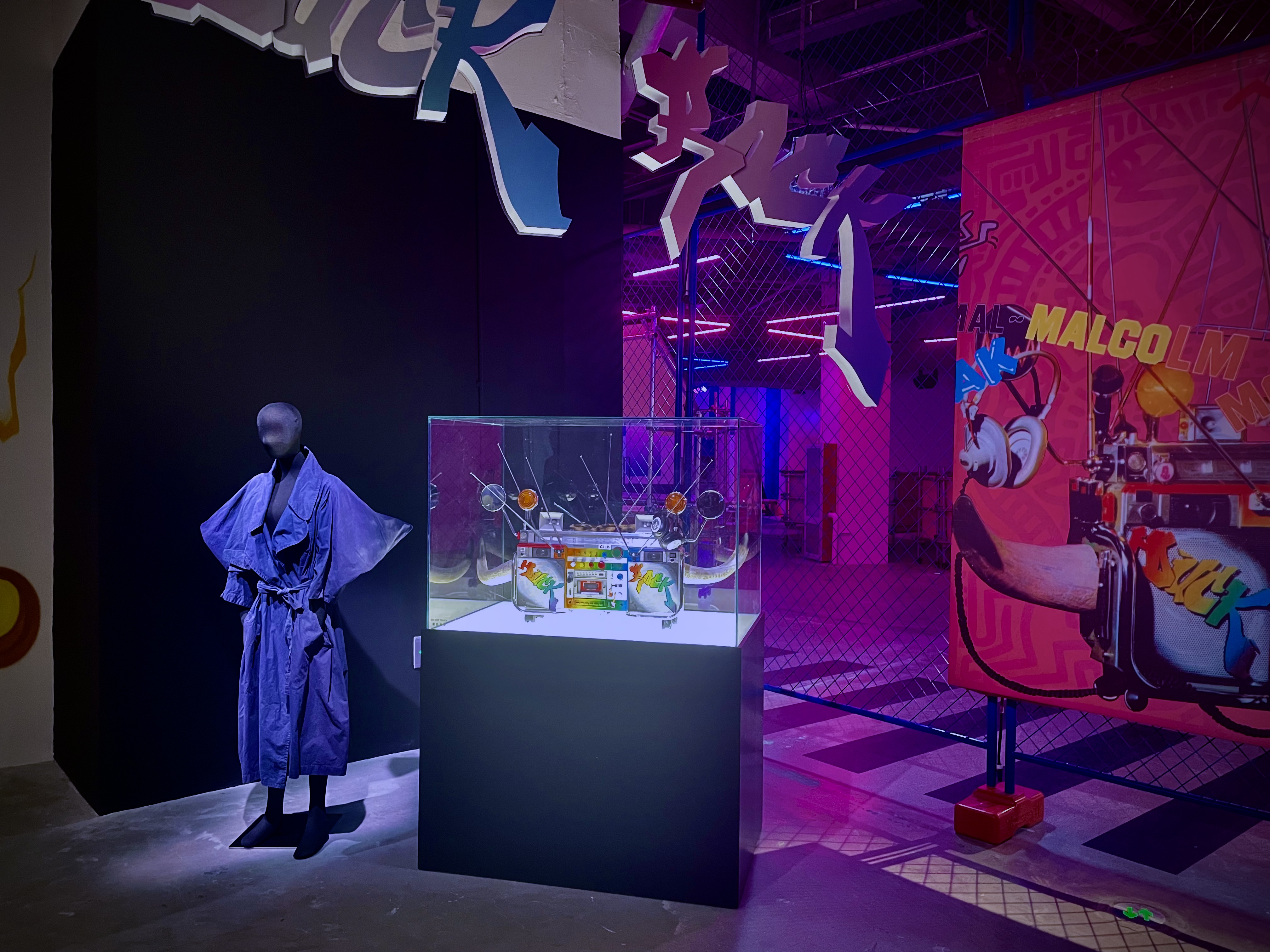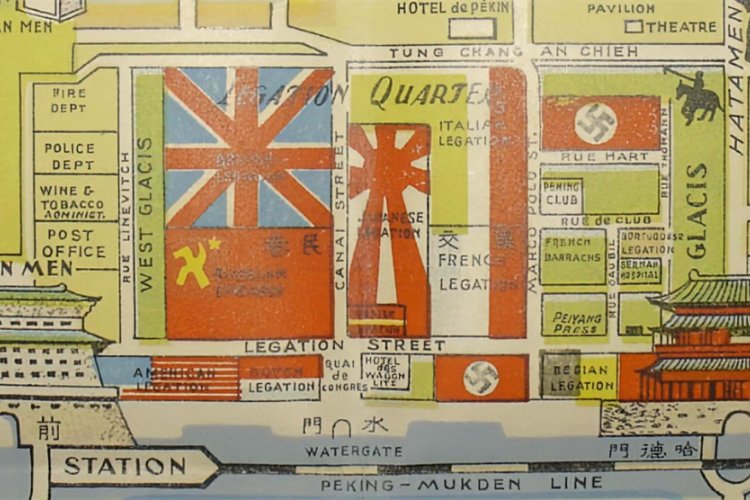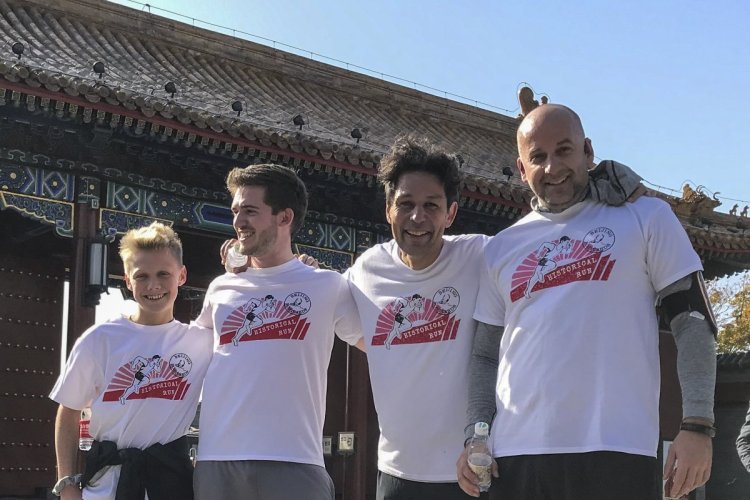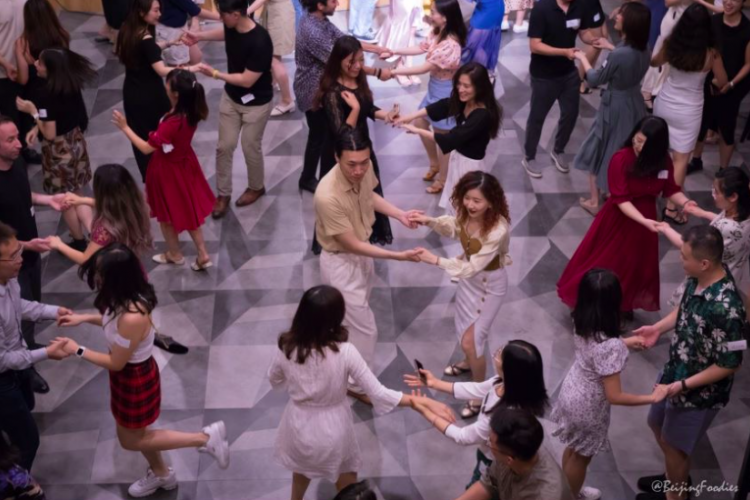Don't Miss This Deep Dive Into Street Culture & Fashion With Bespoke Tours, Mar 5
Keeping to its motto of bringing history's hidden gems to the masses, Bespoke Tours is offering something a little different to the good people of Beijing this weekend – a pop-up tour of a pop-up museum.
Bespoke’s Style in Revolt Pop-up Tour takes a look at a temporary exhibition of the same name, Style in Revolt, currently showing at the SKP South Shopping Mall. It's a deep dive into the world of street culture – from graffiti to hip hop and skateboarding to breakdancing – and how it’s influenced contemporary fashion the world over, from the streets of New York to Tokyo and beyond.

While the exhibition is free to visit and provides an incredibly immersive experience, it’s good to get a little insight into what you’re seeing, and Bespoke’s tour guide Tim Coghlan is just the guy to do it.
Hailing from Australia, Coghlan has lived in Beijing since 2007 and also spent five years living in Tokyo’s Shibuya District – aka the “heart of cool Japan.” Prior to his current job, Coghlan specialized in luxury and shopping mall retail in China, which he has parlayed into unique expertise on the country's fashion and luxury brands, and was even named one of China’s top fashion and luxury industry watchers from 2010-2015.

Can you tell us a little more about your involvement with fashion and street style in China?
I’ve been in China for 12 years, the first six of those, I was working in a role where I was an agent bringing luxury brands into the country to open stores. It was a real boom for fashion brands coming into China [at the time], so my clients were the likes of Louis Vuitton and Chanel and brands like that. So I would canvas certain cities here as an agent and find new malls where [the brands] should go and open stores. And I [did] strategy on one side guiding the malls on how to get these brands, on the other hand I was telling these brands “this city’s coming up or this mall’s coming up, you should go into that city or mall,” and I’d broker the deal.
I was also blogging at the time about China’s fashion and luxury industry as I was in the middle of it. Beyond that I had also started doing what I call “fashion diplomacy” projects. I took a China Fashion Week team down to Melbourne and I built some fashion relations between Australia and China. But at the end of the day my main job was store and brand development in China.
Building off of your past experiences, would you describe this exhibition as a kind of fashion diplomacy? How does it tie into the current state of fashion in China?
This requires a bit more backstory. I grew up as a semi-professional skateboarder and was surrounded by US pop culture trends like hip hop and other cultural movements. I also started traveling Asia, where I started collecting sneakers. I’d go to [places like] Hong Kong and Tokyo and get sneakers that Australia didn’t have and I’d go back and have all this cool merchandise that no one had ever seen before.
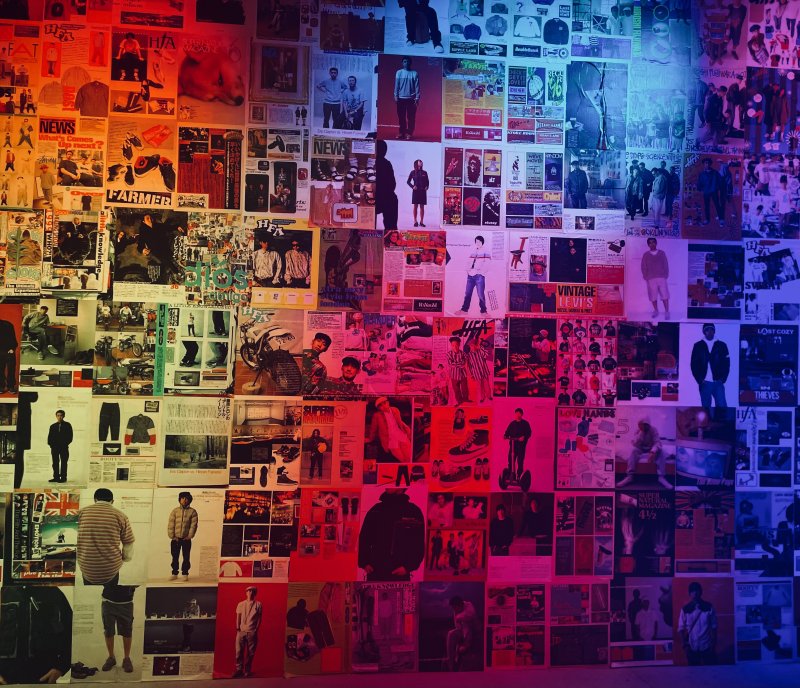
Now, pop-cultural forces have brought a lot of this street culture stuff into the mainstream. Skateboarding is mainstream – having even been brought into the Olympics, much like snowboarding – and then there’s Vans which started off as a skateboard brand but has become a global mega-brand.
So basically a lot of these street culture things… started to bleed more into what was cool, and brands started to pick up on these new trends. And now there’s a few key people and brands who were involved in this. An example of when it was brought to the crux a few years ago was this designer Kim Jones, who was the menswear designer for Louis Vuitton, and he was very influenced by street fashion.
Jones decided to do a collaboration between Louis Vuitton and streetwear brand Supreme, and it went bonkers. It brought Supreme into the fold, after which it was acquired by Vans for USD 2 billion. From there, Jones moved on to work for Dior, and Vuitton hired a guy named Virgil Ablouh, who used to be Kanye West’s creative director and stylist. He fueled this even more – he was doing skateboard shoes with LV and then he was collaborating with Mercedes Benz and became the hottest person to collaborate with…
This exhibition tells stories like this. It tells the story of how hip hop started with graffiti in the ‘70s and then skateboarding started and there were all these kinds of movements that all got mashed together to become the trends that are currently driving fashion brands. It documents the convergence of so many things!
It’s the story of how things from my childhood, how all the things I was into now have mass appeal, and how my old clients like Louis Vuitton are now using them. So it’s kind of the real confluence of my childhood and what I did for work tying together with an exhibition in Beijing.
What’s the most exciting thing about this exhibition for you besides this connection to your childhood and growing up?
It’s a visually stimulating exhibition. But for me what’s most exciting about it is it tells stories that I’d say most Chinese don’t know. If I threw out these designer names like Ablouh and Vuitton, most people who know fashion will know these things, but they won’t know the history of skateboarding or hip hop and where any of this came from. So it’s exciting that it’s sharing the story of this cultural movement to get us to this point. It’s not just brands inventing cool stuff, it’s actually big cultural movements.
Because there’s this mindset in China that owning the biggest things in fashion, intermingling with wealth and consumption. Seeing as street fashion has become connected with that now, has it lost it’s original meaning in China?
I think there’s a few ways to consider that. Y’know China has had skateboarders and hip hop DJs since I first came here 20 years ago, so this stuff isn’t new to China. All this stuff existed, and it wasn’t underground in that it was hiding, but that there was just few people doing it. I would say mainstream consumers have come to this stuff in China because the brands have brought it to them, so they also don’t know that this used to be a subculture and it wasn’t mainstream. I don’t think they’re feeling much at all, they’re just following trends.
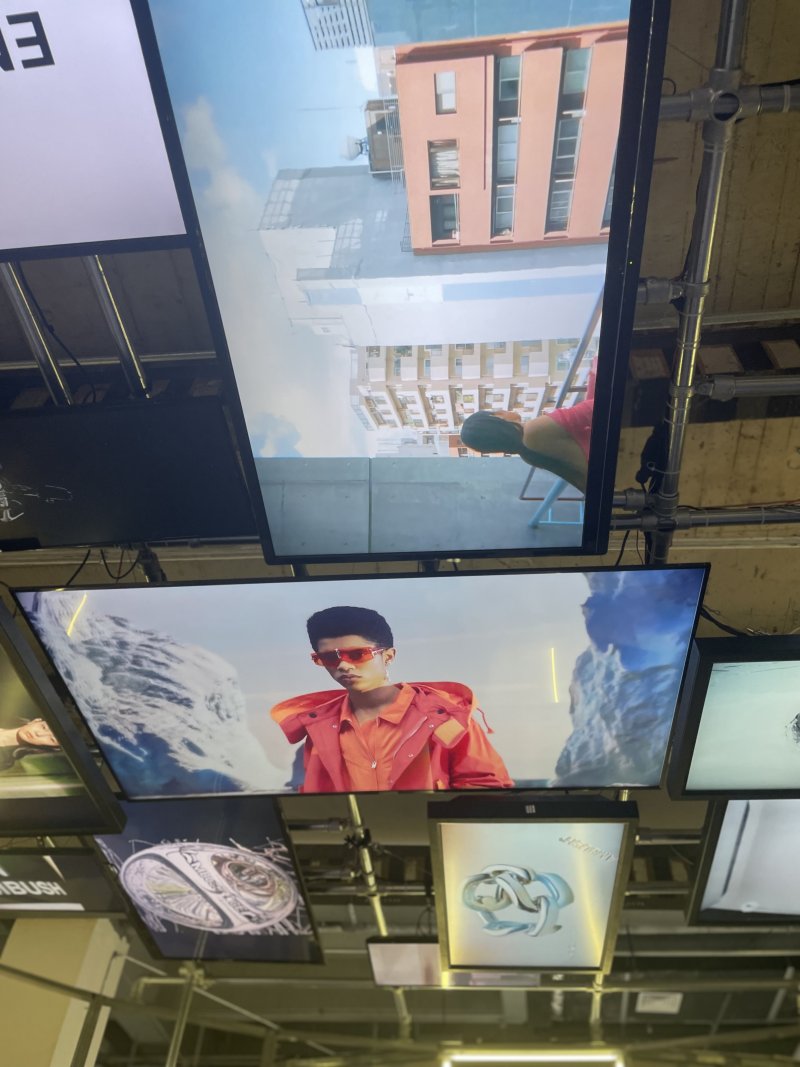
Going back to the question, hardcore skaters don't think skateboarding should be in the Olympics, they don’t think Louis Vuitton should be making skating shoes. They said, “if you’re gonna do this, support us at least, support [our] community.” This same thing happened when Nike got into skating. There was a backlash because they weren’t sponsoring any skaters, but they’ve since come back and are sponsoring skaters.
Also, luxury and fashion brands follow trends, and trends will move on. Street is mainstream enough now that it’s not going away, but fashion in its essence will follow the next trend. It’s hot now but they will move on.
Do you see a current Chinese subculture making waves around the world before it becomes popular, or after brands get to it?
This isn’t an easy question to answer. One, because some of these subcultures were around before the internet, so it took a long time for them to develop. Now that that’s happening, if a subculture emerged in China, the news would get out sooner and it’d start growing in other places besides China.
I think in terms of creating culture and things like that, because China traditionally hasn’t had so many career paths in fashion and brand building – these are new endeavors people here are discovering – so it will take a while before there’s a swell of Chinese creativity or brands or movements that could become globally mainstream.
The exhibition talks a bit about Japan, which in terms of Asian countries that have exported cultural phenomenon, has done more than others. This is for various reasons, but one of the biggest of these is because in Japan, the notion of aesthetics and design and craftsmanship has always been instilled very strongly in their culture, so those are different dynamics.

Bespoke Tour Company’s limited edition tour, Style in Revolt with Tim Coghlan, is happening this Saturday, Mar 5, from 10am-noon and 1pm-5pm at Beijing SKP South. It’s RMB 250 per person, and spots can be booked by scanning the QR code in the poster above.
The Style in Revolt Exhibition is open from 10am-10pm daily, and will run until Mar 20 at SKP South.
READ: State of the Arts: Five Exhibitions to See You Through the End of Winter
Images courtesy of Bespoke Tours

